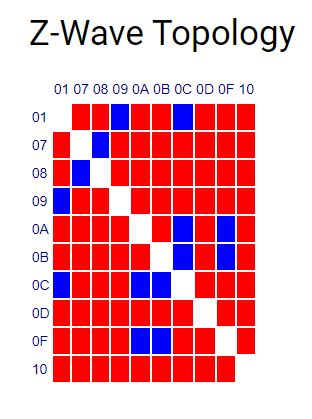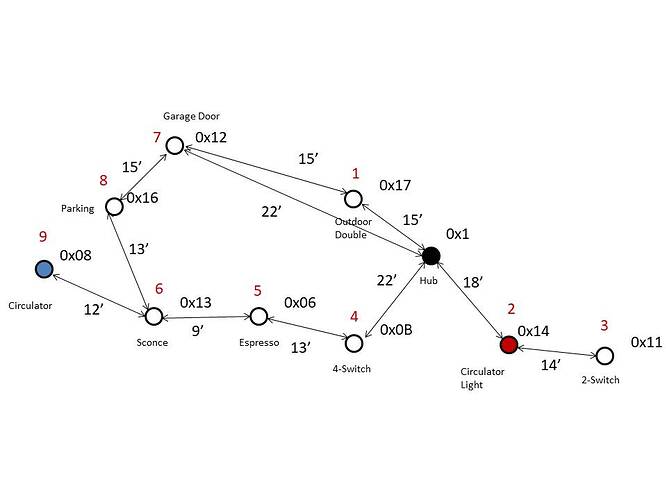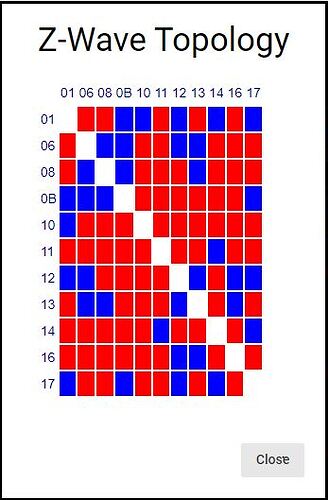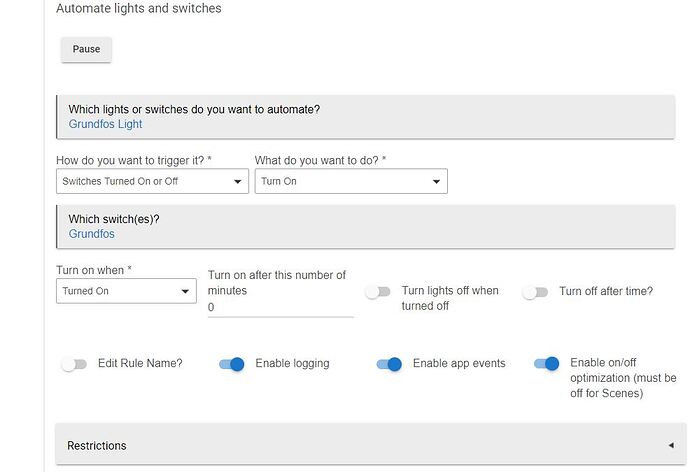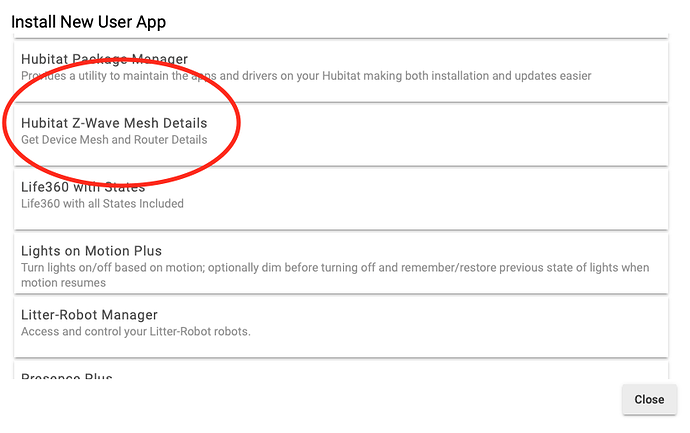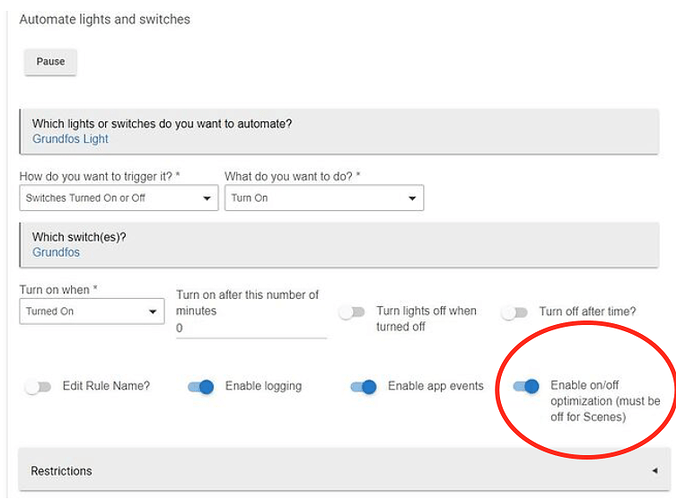OK, so I wanted to give this some run time to see what happened. Results are that this pretty much seems to have done the trick. Thanks to the expertise of the community for this suggestion!
It's now about 90% or so reliable. Certainly any suggestions to eke out the incremental improvement to make it as solid as the rest of the system (basically about 100%) are certainly welcome.
I do have some questions about all of this, so starting with a recap. Before this change, the circulator would have appeared as the problematic link: Further away, longer latency, much greater jitter, slower data rate and lower signal strength (interestingly, the system has since learned a new path and improved much of this). The light, conversely, had very solid stats.
The behavior, though, was the the circulator was very reliable and the light not so much. The circulator just about always came on, reported that it had come on and triggered the rule for the light. Then the light did nothing.
So, the first question is why this change to remove the Optimization fixed anything. It's not clear to me what might have been optimized away (assumed by the system) that is now explicitly sent. Basically not clear just why this worked.
I saw several comments that there was likely something flaky with the device. Not sure I see a justification for this since the light controller, when triggered directly from the Hub, was 100% effective. I don't see how the device "knows" whether a turn on came from me pushing a button or from the app. Always worked for me; not always for the app.
Also saw a comment that the device might not be reporting status properly. But it seemed to always do that for both devices. Circulator came on, said it was on, told the Hub and triggered the rule. When failing, light did not record the turn on, did not turn on, and said it was not on. So,. seems status was accurate in all cases.
Thanks for any suggestions for incremental gain and also for help in understanding what may have happened here. Of course. getting it working was top priority. Thanks again!
Cheers.
